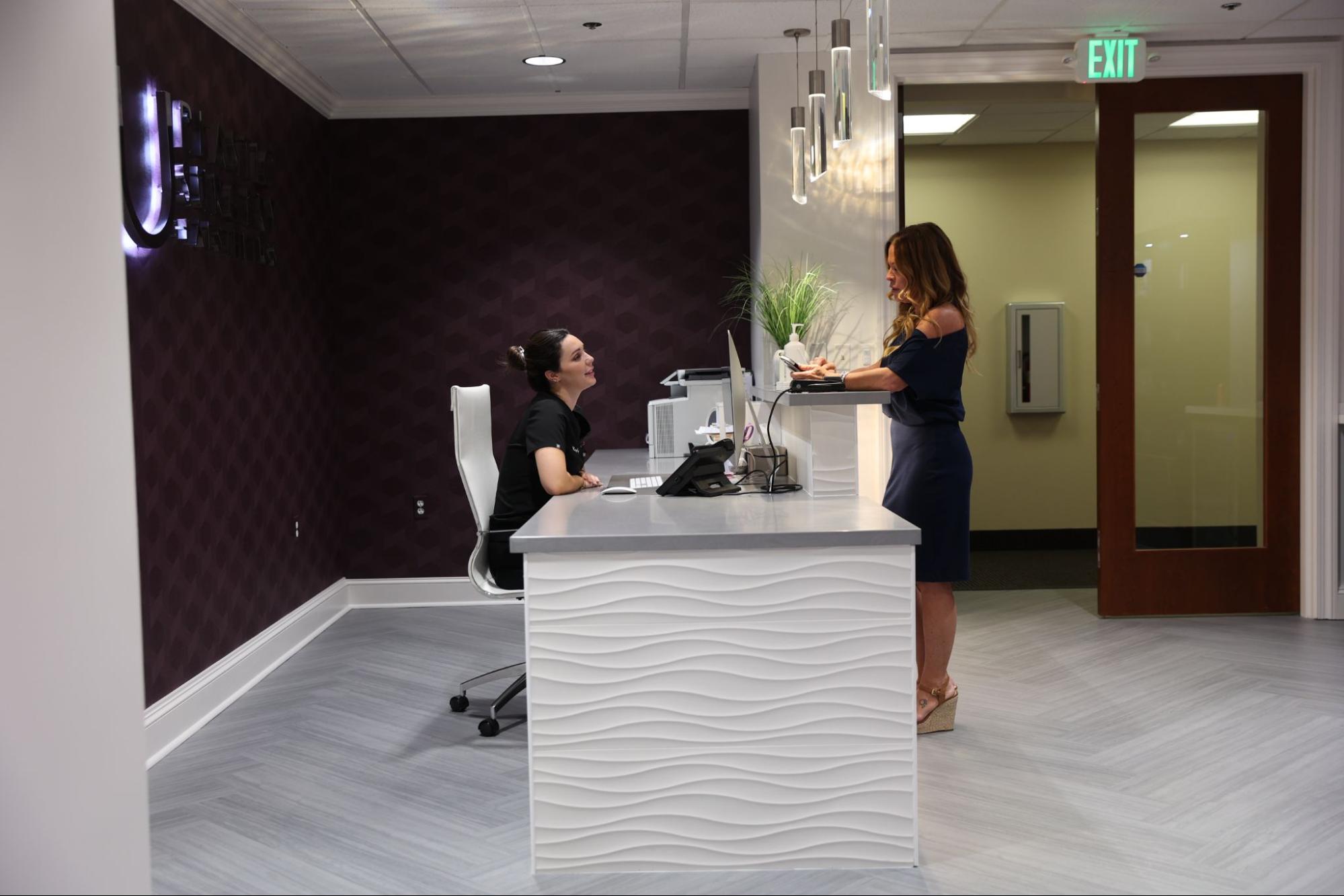Corsets, fasting, “bile pills,” oh my! Since time immemorial, men and women alike have tried to combat body image issues with the help of all sorts of interesting (and often harmful) tactics. Fortunately, science has come a long way toward providing safer and more effective tools for helping patients look and feel thinner around the waistline, and the tummy tuck is a testimony to how far we’ve come.
Also known as an abdominoplasty, tummy tucks are now one of the most common plastic surgery procedures in the United States – but where did it come from and how did it land at the top? The history of the tummy tuck is fascinating, and the team at U Plastic Surgery + Aesthetics is here to share the tale. Keep reading to learn more!
EARLY YEARS
Before tummy tucks came into existence, doctors performed similar procedures in the late 1800s to help heal open wounds in the stomach area. They found that treating umbilical hernias worked best when doctors removed excess skin around the abdomen – and funnily enough, they often removed the belly button along with it!
Over time, doctors realized that these procedures produced a surprising side effect. They immediately reduced the waistline and improved the look and shape of the abdomen for patients who received the surgery. From there, it didn’t take long for doctors to fully understand the impact this would have on the field of aesthetic medicine, but there was one major kink in the plan: removing the belly button created an unnatural look that made treatment less appealing.
ADVANCING TECHNIQUES
Even with questions surrounding belly button removal or rugged scar tissue, early abdominoplasties began to pick up rapidly in the United States, as the first one was performed in 1899. Into the early 1900s, surgeons started experimenting with new ways to perform the surgeries without these major disadvantages.
It was the French who finally discovered a way to save the belly button to maintain a more natural look post-op. Rather than using horizontal incisions that cut across the tissue and resulting in the loss of this important body part, French surgeons used vertical incisions to save the belly button – thankfully!
A few years later with the start of World War I, surgeons began to address the second issue with early tummy tucks: rugged scarring. Because of the urgent need for more advanced medical care during the war, surgeons quickly improved their methods for all sorts of procedures. As they learned how to protect the structure of the abdomen while still healing wounds and treating patients, better surgical techniques produced less noticeable scars.
AESTHETIC TUMMY TUCKS BECOME AVAILABLE
Although doctors had known for years that abdominoplasties could reduce waistlines and improve patients’ appearances, it wasn’t until the 70s and 80s that it became a popular cosmetic procedure. Switching from war wounds to weight loss, surgeons used their newly imporved techniques to produce better results post-op and the cosmetic patients began rolling in.
These natural-looking procedures made seeking treatment a much more appealing option for many in the U.S., and when liposuction was invented in 1974, patients began pairing tummy tucks with the new procedure for even better results. The tummy tuck was now well on its way to becoming one of the most-loved aesthetic procedures in America.
TUMMY TUCKS TODAY
Year after year, cosmetic surgeries get better and better – and the case is no different for the modern tummy tuck. With increased precision and ability to tailor each surgery to each patient’s needs and goals, 21st century abdominoplasties are widely used to tone the tummy and increase confidence.
These days, tummy tucks have improved in a number of ways. Recovery time has improved drastically with the advent of long acting non narcotic pain management with Exparel, compression advances, lymphatic massage which can decrease the build up of fluids and improve overall outcomes sooner. With advances in addressing the umbilicus (belly button), we can hide scars better and can make the belly button look more natural and conceal one of the tell-tale signs of having had a surgery. The scope of care has also progressed, allowing surgeons to conduct “mini tummy tucks” for smaller procedures, mommy makeovers following pregnancy and childbirth or C-sections, and combination with liposuction for more contoured looks.
SHOULD I CONSIDER A TUMMY TUCK?
Now you know the history of the tummy tuck, but is the procedure right for you? You may be a good candidate for an abdominoplasty at U Plastic Surgery + Aesthetics if:
- You struggle with a “flabby” midsection
- You notice excess fat and skin around the abdomen
- You feel self-conscious about having a protruding lower abdomen, or “pooch”
- You’ve experienced stretched abdominal muscles or a weak abdominal wall
These conditions could be caused by anything from pregnancy to genetics to natural weight fluctuations and more. The best way to determine if a tummy tuck is right for you is to schedule an appointment with Dr. Tag.
FIND NEW WAYS TO LOVE U
At U Plastic Surgery + Aesthetics, our team is committed to providing new ways for you to feel confident in your own skin again. From tummy tucks to breast revisions, you’re always at the front lines of quality care and modern technology at our office. If you’re ready to discuss your own cosmetic options, call our Baltimore-area office today to book an appointment!


